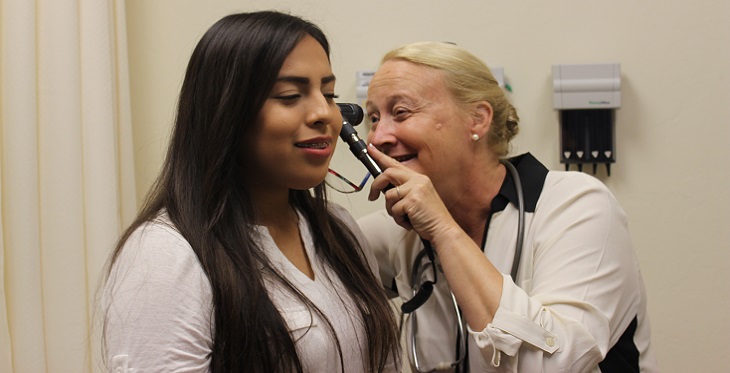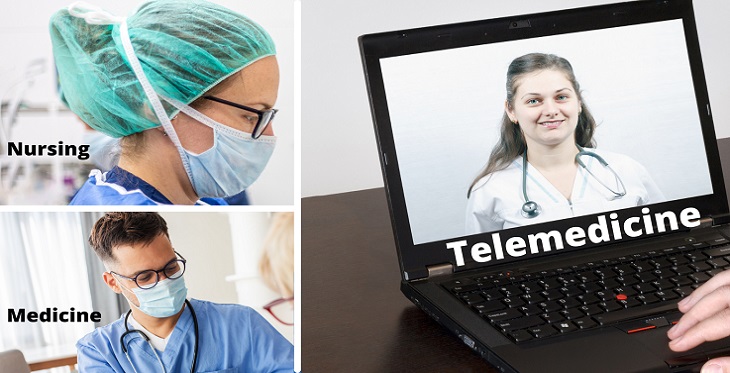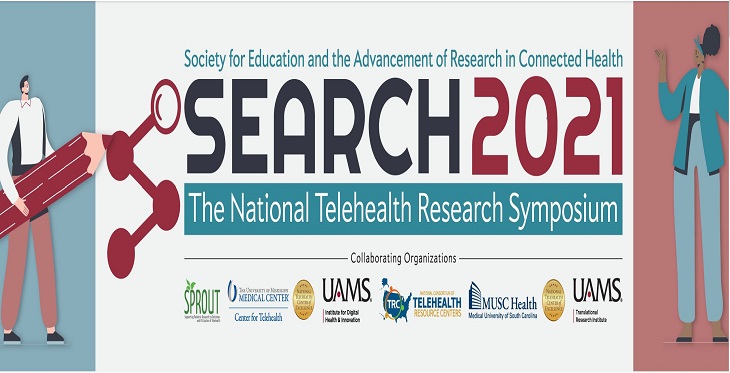People living with disabilities face poorer overall health outcomes than their peers without disabilities. Could accessible telehealth help?
Dr. Tamsen Bassford, associate professor in the Department of Family and Community Medicine and a member of the University of Arizona College of Medicine - Tucson Sonoran Center for Excellence in Disabilities, says many of her patients were severely impacted during times of isolation during the COVID-19 pandemic, when shutdowns and social distancing were in place.
“Many of my patients with intellectual developmental disabilities (IDD) were restricted; they couldn’t go to work or go to their daytime activities – they were at home. They didn’t have access to things that made their days meaningful. Many patients had less access than neurotypical people have to online resources,” Dr. Bassford said.




